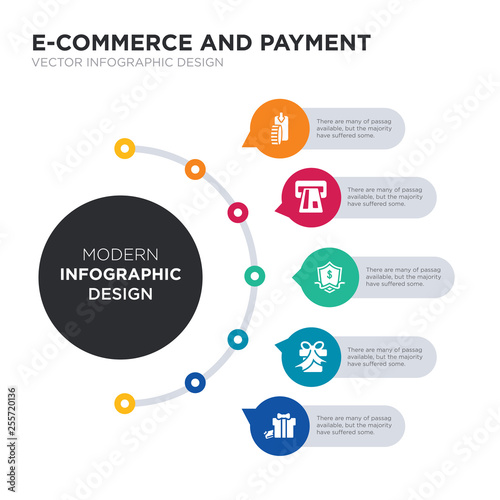The History of Glass Engraving
Developed between East and Egypt on hardstone, copper wheel etching survived as a craft in seventeenth century Bohemia and Dresden on glass. It was made use of for a selection of objectives, consisting of portraying the imperial double-headed eagle (Reichsadlerhumpen) and allegorical motifs.
Engravers of this duration progressively deserted direct clearness in favour of crosshatched chiaroscuro impacts. A few engravers, such as Schongauer and Mantegna, dealt with glass with a sculptural feeling.
Ancient Art
By the end of the 17th century, however, diamond-point inscription was being replaced by wheel inscription. Two noteworthy engravers of this period are worth reference: Schongauer, that elevated the art of glass inscription to match that of painting with works like Saint Anthony Tortured by Demons, and Mantegna, that shaded his illustrations with brief doodled lines of varying width (fig. 4) to attain chiaroscuro results.
Other Nuremberg engravers of this time included Paul Eder, who mastered fragile and small landscapes, and Heinrich Schwanhardt, who engraved engravings of great calligraphic high quality. He and his child Heinrich also developed the strategy of engraving glass with hydrofluoric acid to create an effect that resembled glass covered in ice. The engraved surface area could then be reduced and etched with a copper-wheel. This technique is employed on the rock-crystal ewer revealed right here, which integrates deep cutting, copper-wheel engraving and sprucing up. Recognizing the etching on such pieces can be hard.
Venetian Glass
When Venice was a European power, Venetian glassmakers took the lead in lots of high value-added markets. Unlike textiles and style, glassmaking maintained a tradition of sophisticated strategies. It likewise carried seeds of the decorative majesty symbolized in Islamic art.
However, Venetian glassmakers were not anxious to share these concepts with the rest of Europe. They maintained their artisans cloistered on the island of Murano so they would not be affected by new trends.
Despite the fact that need for their product ups and downs as tastes changed and competing glassmakers emerged, they never ever shed their appeal to well-off customers of the arts. It is for that reason not a surprise that etched Venetian glass appears in countless still life paintings as an icon of luxury. Often, a master treasure cutter (diatretarius) would reduce and embellish a vessel initially cast or blown by one more glassworker (vitrearius). This was a costly endeavor that called for fantastic ability, persistence, and time to produce such thorough work.
Bohemian Glass
In the 16th century, Bohemian glassmakers adjusted the Venetian recipe to their very own, producing a much thicker, more clear glass. This made it much easier for gem-cutter to carve similarly they carved rock crystal. On top of that, they developed an approach of cutting that permitted them to make extremely thorough patterns in their glasses.
This was complied with by the production of colored glass-- blue with cobalt, red with copper and light green with iron. This glass was prominent north of the Alps. In addition, the slim barrel-shaped goblets (Krautstrunk) were likewise preferred.
Ludwig Moser opened a glass layout studio in 1857 and achieved success at the Vienna International Exhibit of 1873. He developed a totally incorporated factory, using glass blowing, polishing and etching. Until completion of The second world war, his firm controlled the market of personalized Bohemian crystal.
Modern Craft
Engraving is among the earliest hand-icraft methods of attractive refinement for glass. It requires a high degree of precision along with seasonal inspiration with glass an artistic creativity to be reliable. Engravers should additionally have a sense of structure in order to tastefully incorporate shiny and matte surface areas of the cut glass.
The art of engraving is still to life and growing. Modern techniques like laser engraving can attain a higher degree of information with a greater rate and precision. Laser technology is likewise able to generate designs that are much less at risk to cracking or splitting.
Inscription can be used for both commercial and attractive purposes. It's prominent for logo designs and trademarks, in addition to attractive decorations for glassware. It's likewise a preferred way to add individual messages or a victor's name to trophies. It is very important to keep in mind that this is a dangerous task, so you must constantly use the suitable safety and security tools like goggles and a respirator mask.

Comments on “Review Of The Cricut Glass Etching Accessory”